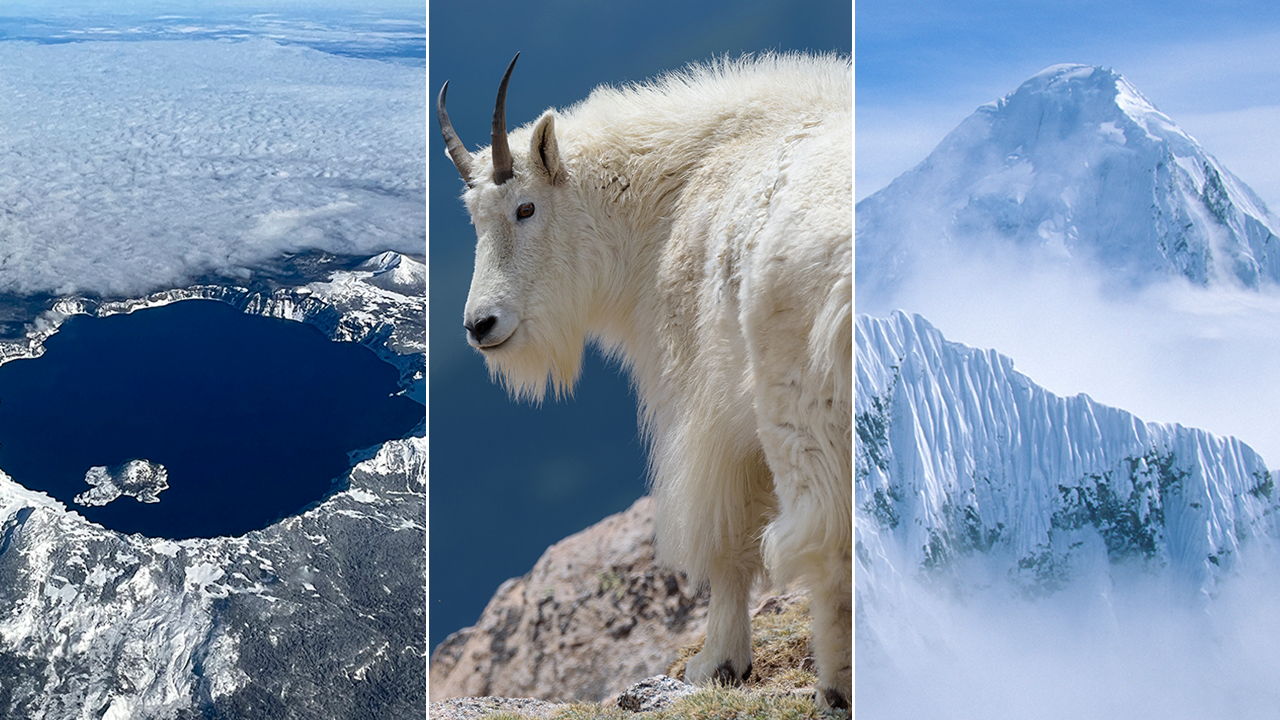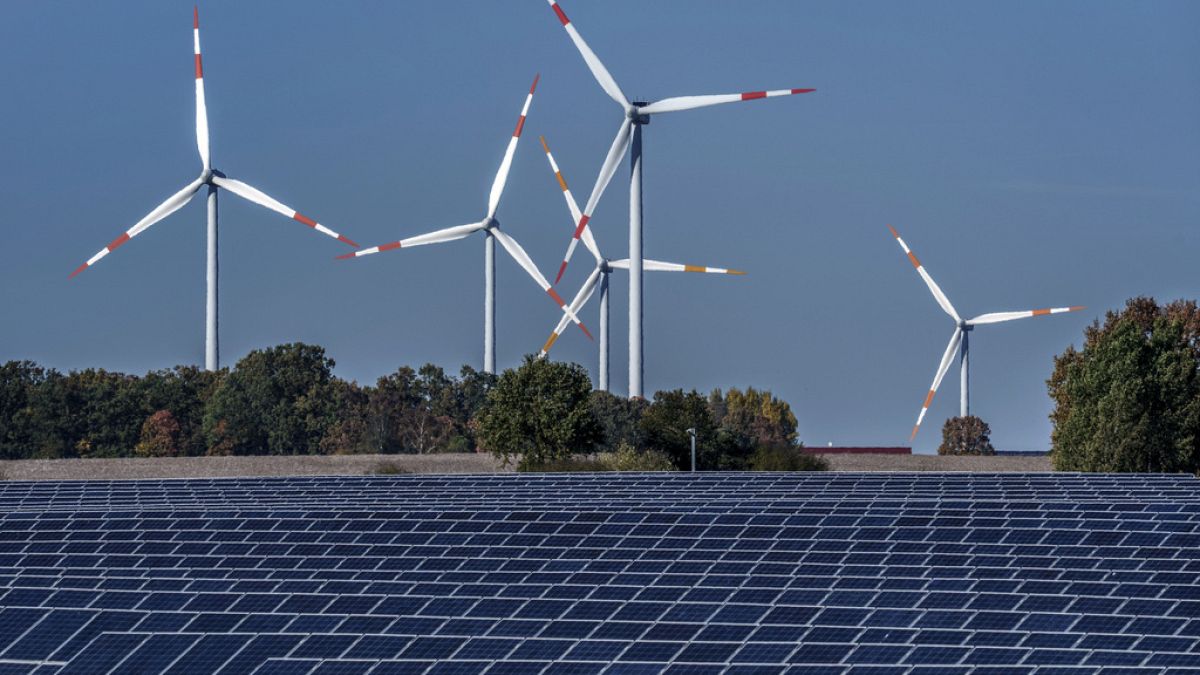It’s National Park Week — a unique time to appreciate the beauty and splendor of the great American outdoors.
While the U.S. park scene offers plenty of notable historic sites and landscapes, there are also many features and facts about our national parks that are far lesser known.
“National parks are powerful places that have many meanings and connections to those who visit them — our shared history, our sense of discovery, and our dreams of the future,” the National Park Foundation notes.
OHIO GRANDSON TAKES 92-YEAR-OLD GRANDMOTHER TO VISIT EVERY SINGLE NATIONAL PARK: ‘TRANSFORMATIONAL’
Here are 15 facts about the national parks, according to the National Park Service (NPS), that may come as a surprise.
1. The National Park Service protects over 85 million acres of natural resources and historic sites across the country
This includes 13.2 million acres at the largest national park: Alaska’s Wrangell-St. Elias National Park.
Wrangell-St. Elias is the same size as Yellowstone National Park, Yosemite National Park and Switzerland combined, according to NPS.
2. America’s second national park – Mackinac National Park, founded in 1875 – was returned to the state of Michigan in 1895
Mackinac was decommissioned as a national park when U.S. troops were removed from Fort Mackinac, leaving no one to tend to the park, according to The Travel.
AMERICA THE BEAUTIFUL: 50 MUST-SEE LANDMARKS THAT TELL OUR NATIONAL STORY
Today, it is one of Michigan’s state parks known as Mackinac Island State Park.
3. One of the hottest temperatures recorded on Earth occurred in Death Valley National Park in 1913
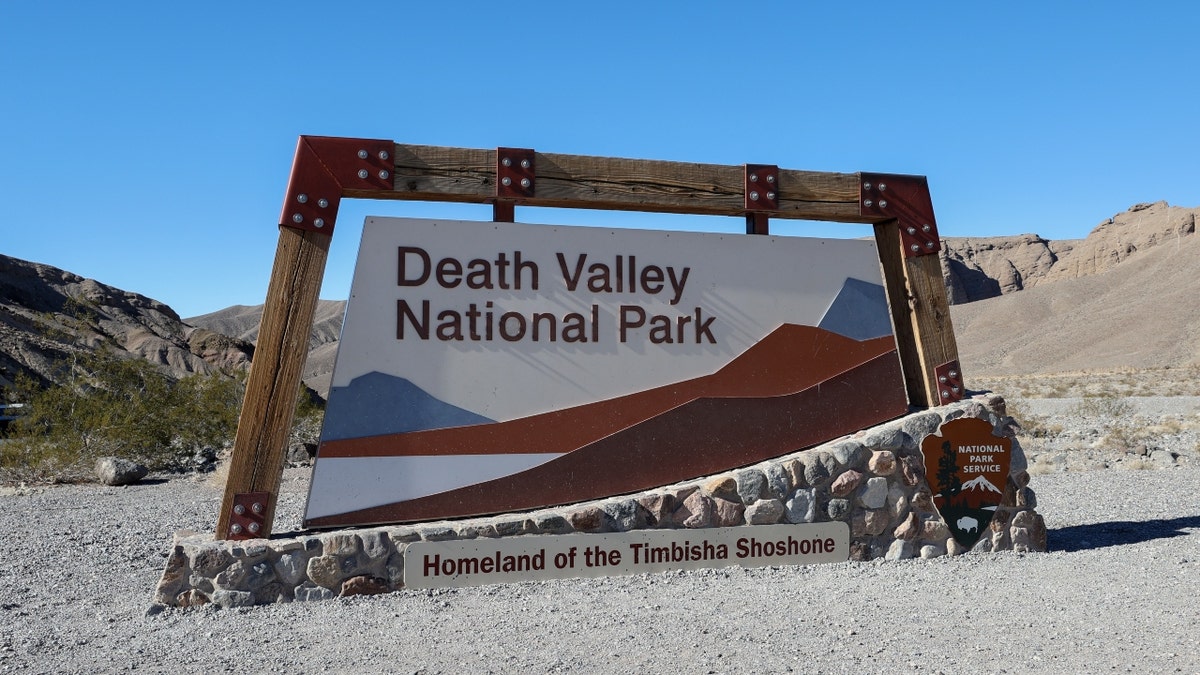
On July 10, 1913, the California park’s Furnace Creek hit a record-high 134 degrees, NPS reports.
4. Dry Tortugas National Park in Florida has an abundant sea turtle population
Five species of sea turtles are found in South Florida’s waters, which nest annually in the Dry Tortugas area, according to NPS.
YELLOWSTONE, GRAND CANYON UNDER SNOW: 20 DAZZLING PHOTOS OF AMERICA’S NATIONAL PARKS THIS WINTER
The park is made up of seven small islands that can only be reached by boat or plane, making it one of the most remote national parks in the U.S.
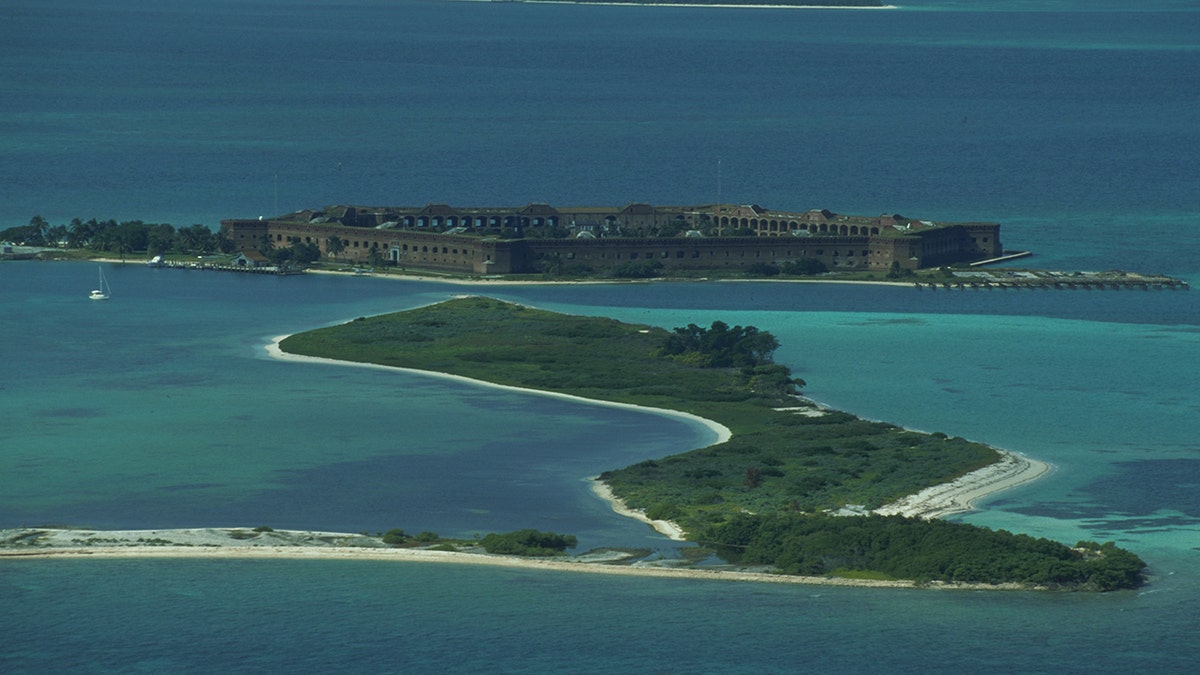
5. Mammoth Cave National Park in Kentucky offers the longest cave system in the world
The cave system has 426 mapped miles with what’s been discovered to date, according to NPS.
6. First State National Historic Park is Delaware’s one and only national park
First State was formalized as a national park by an act of Congress in 2015, the City of Wilmington’s website reports.
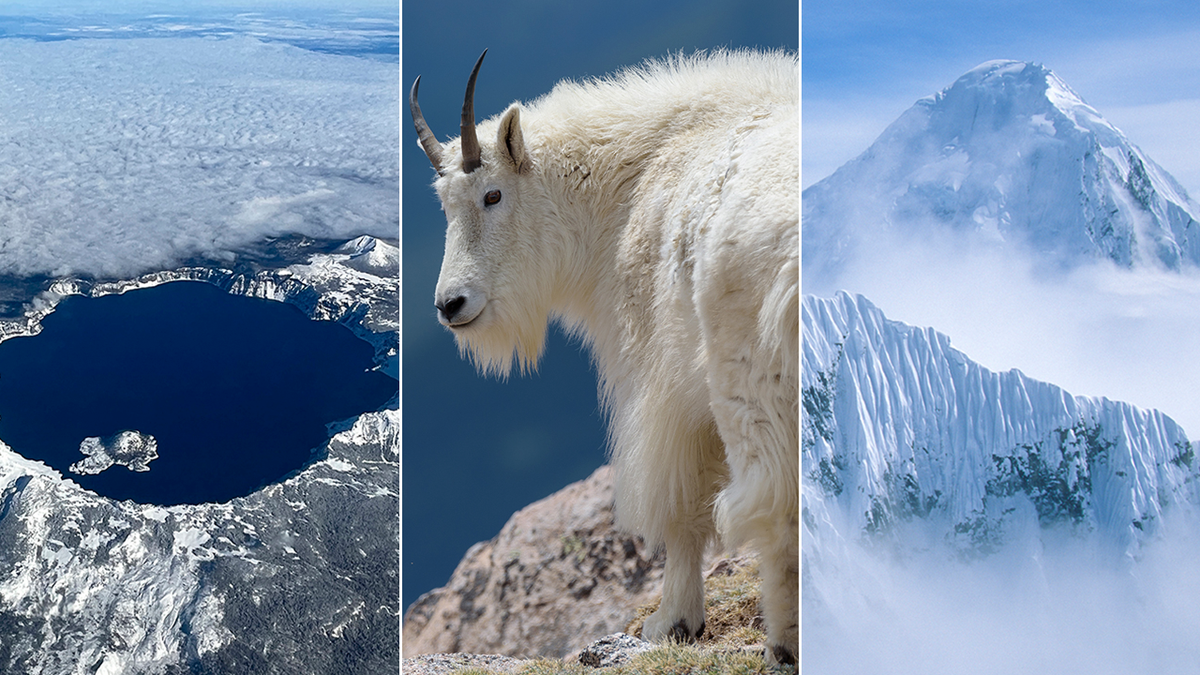
The bordering states of Maryland and New Jersey have 27 national parks combined.
7. Three of the world’s largest volcanic eruptions happened at Yellowstone National Park
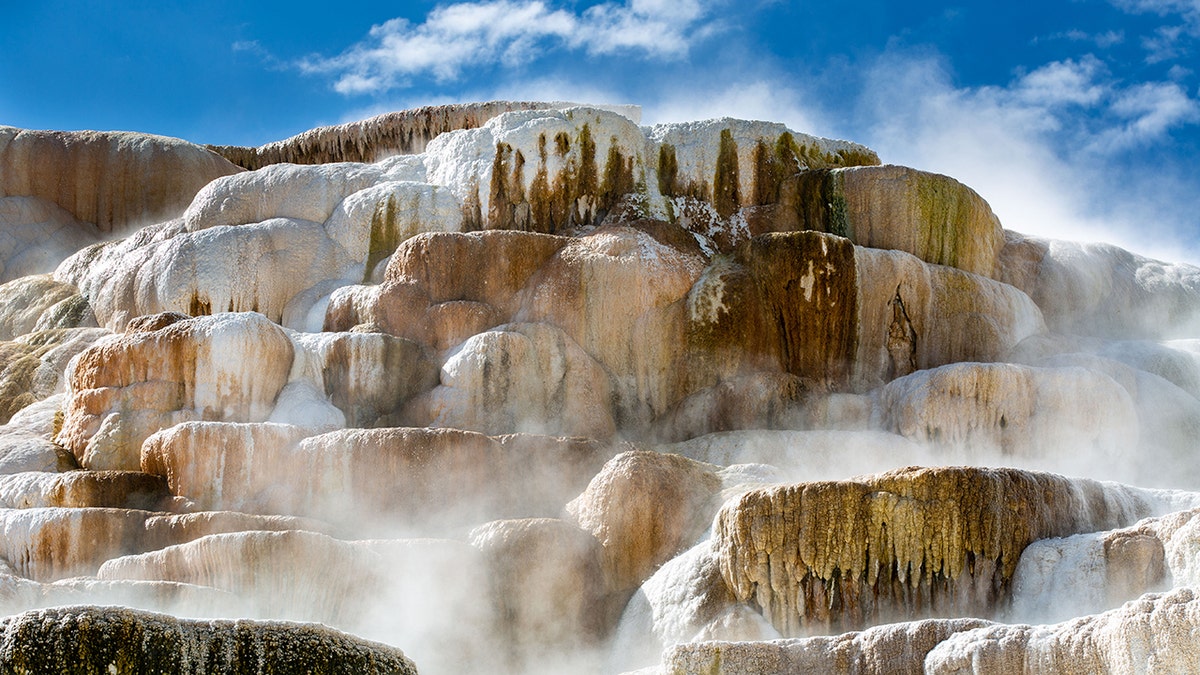
Yellowstone’s “supervolcano” eruptions happened 2.1 million, 1.3 million and 631,000 years ago, according to geologists who studied the large calderas left in the eruptions’ wake.
Yellowstone is one of the world’s largest active volcanic systems, Wyoming State Geological Survey reports.
8. Carlsbad Caverns National Park in New Mexico is home to the deepest cave in the country
Lechuguilla is mapped at 1,604 feet deep with more than 145 miles of passages.
ROCKY MOUNTAIN WEST WILDLIFE: HOW TO SAFELY SEE BEAR, MOOSE, BISON AND OTHER YELLOWSTONE SPECIES
The cave is also known as one of the 10 longest caves in the world, NPS reports.
9. Kalaupapa National Historic Park in Hawaii is home to a leper colony at Molokai Island Hansen’s Disease Settlement
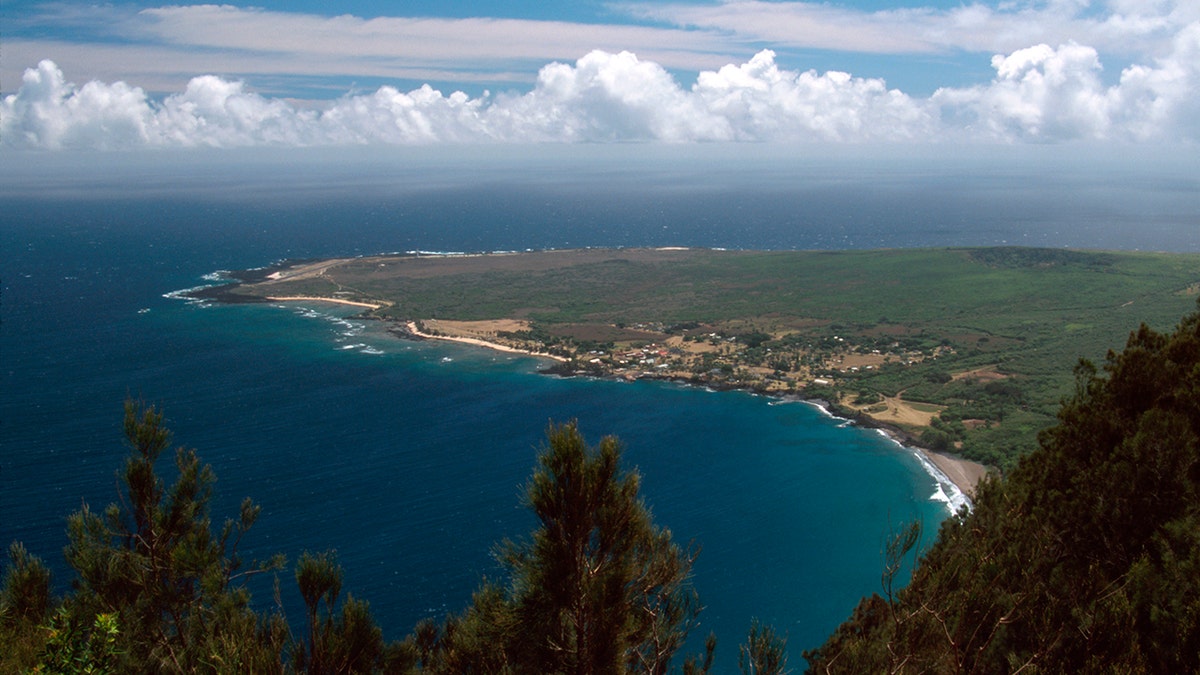
In the 1860s, thousands of Hawaiians suffering from leprosy were banished and isolated to Molokai Island, said NPS on its website.
ON YELLOWSTONE’S 150TH ANNIVERSARY, 150 FASCINATING FACTS ABOUT AMERICA’S FIRST NATIONAL PARK
Hawaii’s isolation policy was abolished in 1969, almost 30 years after a cure was found — but patients still live at Kalaupapa by choice.
10. South Dakota’s Wind Cave National Park is the first cave in the world to be named a national park
President Theodore Roosevelt signed legislation on Jan. 9, 1903, making Wind Cave America’s eighth national park, NPS reports.
11. The deepest lake in the U.S. is found at Crater Lake National Park in Oregon

Crater Lake, measured at 1,932 feet deep, was created when an eruption collapsed a tall peak 7,700 years ago, according to NPS.
12. At Washington’s Olympic National Park, there have been no bear-related deaths — but a mountain goat killed a hiker in 2010
Mountain goats are not native species to the Olympic Peninsula as of 2018, NPS stated.
DEADLIEST NATIONAL PARKS IN AMERICA REVEALED
The animals have lost their fear of people due to human exposure, which can potentially lead to aggressive behavior, said NPS.

13. The largest volcano on Earth, Mauna Loa Volcano, is found in Hawaii Volcanoes National Park on the Big Island
The massive volcano stands 13,681 feet above sea level and rises more than 30,000 feet from the bottom of the sea — a taller reach than Mount Everest.
Mauna Loa, meaning “long mountain in Hawaiian,” makes up about 51% of the island, NPS reports.
14. The Grand Canyon, part of Arizona’s Grand Canyon National Park, is known as one of the Seven Natural Wonders of the World
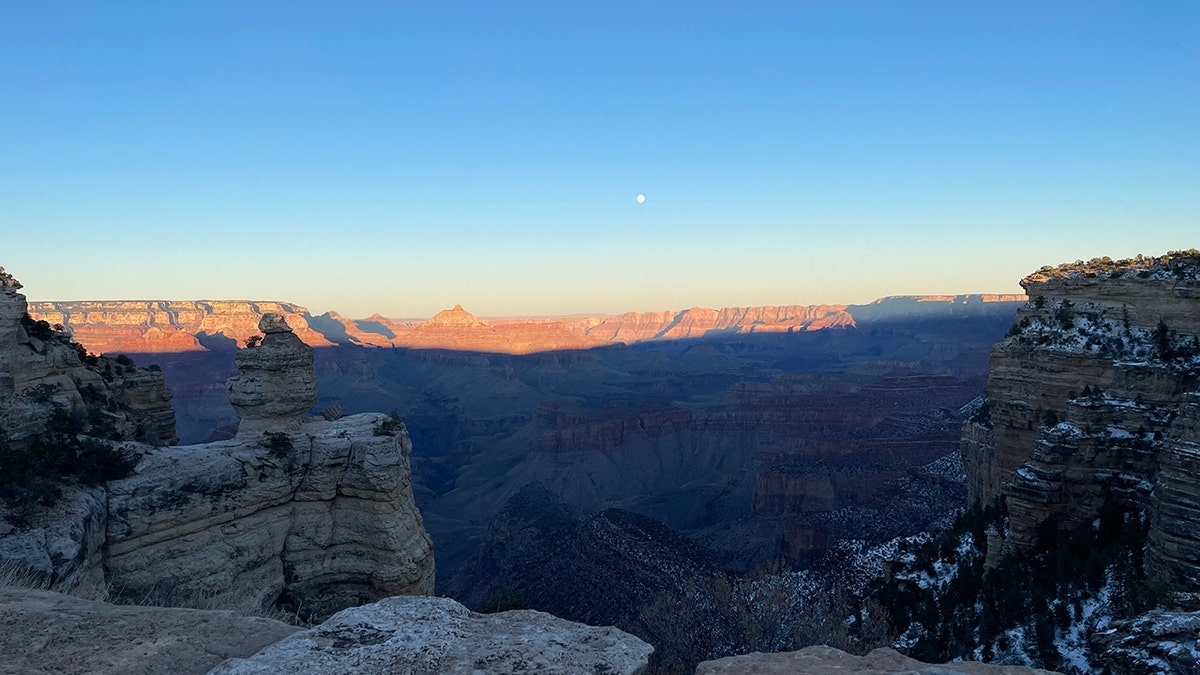
The Grand Canyon encompasses a whopping 1,218,375 acres of land, according to NPS.
15. White Sands National Park contains the world’s largest gypsum dune field.
The rolling white sand dunes span 275 square miles of New Mexico desert, NPS reports.
For more Lifestyle articles, visit www.foxnews.com/lifestyle.



